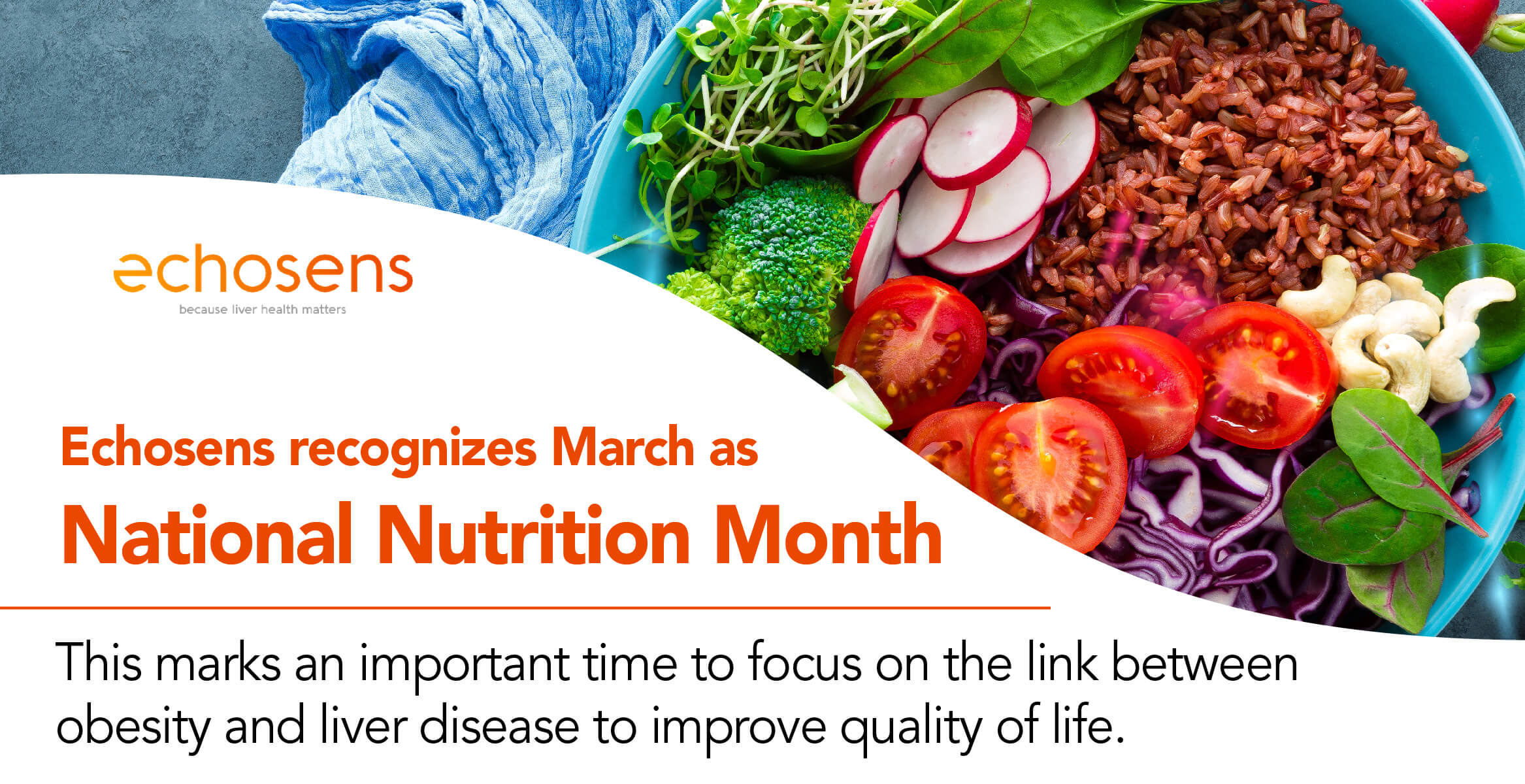During this month we want to emphasize the link between obesity and non-alcoholic fatty liver disease (NAFLD), a complex disease that involves an excessive amount of body fat and increases the risk of heart disease, diabetes, high blood pressure and certain cancers.
Battling Obesity
Worldwide, 800 million1 people are living with obesity. In the United States, 36.5%2 of adults are obese, while another 32.5%3 of American adults are overweight. The impact of obesity on vital organs can be devastating, especially on the liver, causing insulin resistance that leads to buildup of blood sugar and increases the amount of free fatty acids circulating in blood and liver cells.
The prevalence of NAFLD is 80-90%4 in obese adults, 30-50% in patients with diabetes and up to 90% in patients with hyperlipidemia.
Those who are overweight or have obesity are also at increased risk for metabolic syndrome, a cluster of risk factors specific for cardiovascular disease that greatly raises the risk of developing Type 2 diabetes, heart disease, stroke or all three.
Early Detection Saves Lives
Both obesity and NAFLD are often the result of poor eating habits and a sedentary lifestyle. In some cases, the fat in the liver cells builds up to the point where the liver cells swell and eventually cause inflammation.
Because NAFLD is usually asymptomatic, point-of-care examinations, monitoring and ongoing assessment of liver fat and stiffness as provided by FibroScan®, a rapid, non-invasive point of care examination, can more cost-effectively identify individuals who are asymptomatic and undiagnosed for liver damage. It can also provide metrics for monitoring changes in liver fat due to lifestyle modification.
During National Nutrition Month, we hope to raise awareness about the critical need for primary care physicians and specialists to take a leading role in helping individuals recognize the need for early detection and prevention of liver disease.
References
1. https://www.worldobesityday.org/
2. Obesity Facts, https://www.healthline.com/health/obesity-facts, consulted on March 9, 2022
3. Overweight & Obesity Statistics, https://www.cdc.gov/obesity/data/adult.html, consulted on March 9, 2022
4. Bellentani S, Scaglioni F, Marino M, Bedogni G. Epidemiology of non-alcoholic fatty liver disease. Dig Dis. 2010;28(1):155-61. doi: 10.1159/000282080. Epub 2010 May 7. PMID: 20460905.
